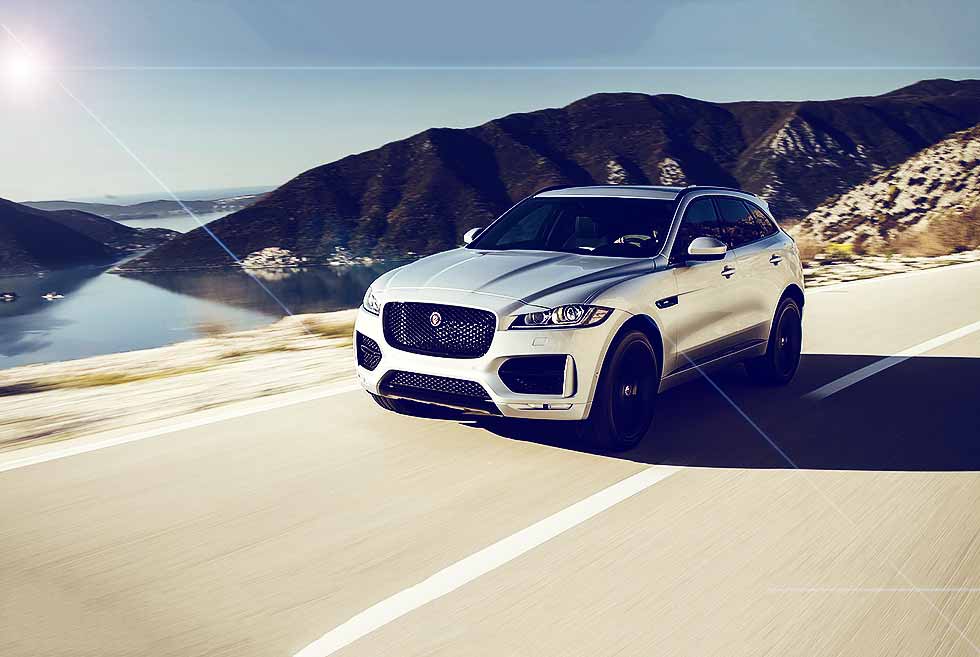2019MY F-PACE Jaguar’s best-selling SUV – the critically acclaimed F-PACE – has been improved for the 2019 model year with additional safety technology, convenience features and enhanced interior comfort, along with a cleaner, ultrafine exhaust filter, to deliver the experience contemporary customers expect from a Jaguar.
The performance SUV already has more than 70 international awards to its name, and the 2019 model year F-PACE won’t disappoint, with a selection of new driver assistance systems, including adaptive cruise control with steering assist. This function operates between 0-180km/h and uses the existing adaptive cruise control functionality with lane centering to steer the vehicle within its lane while maintaining a set distance from the vehicle in front.

Adaptive cruise control also now comes with ‘stop & go’, allowing the driver to follow a vehicle to a smooth stop and then resume from stationary by tapping on the accelerator pedal.
The SUV also features radar-based high- speed emergency braking as part of the enhanced forward-collision detection. The system works between 10-160km/h and can detect an imminent collision, alerting the driver and applying the brakes if the driver unable to respond.
All 2019MY vehicles will also now benefit from a rear camera, front and rear parking aids, driver condition monitor, emergency braking and lane-keep assist as standard.
Three optional safety packs are offered: the Park Pack, which includes park assist, Jaguar’s 360-degree parking aid and rear traffic monitor; the Drive Pack, which provides adaptive cruise control with stop & go, blind spot assist and high-speed emergency braking; and the Driver Assist Pack, which combines both packs plus 360-degree surround camera and adaptive cruise control with steering assist.
Inside, Jaguar’s Touch Pro infotainment with a 10in touchscreen is fitted as standard, while new optional slimline sports seats feature 14-way adjustment, adjustable bolsters and slimmer seatbacks.
Other changes include a larger 82-litre fuel tank (up from 63 litres) on selected petrol derivatives, while all petrol engines come equipped with particulate filters to make them even cleaner. The highly efficient, close- coupled filters are neatly integrated into the after-treatment system and trap ultrafine particles as the exhaust gases pass through them. Under normal driving conditions, the trapped particles will be oxidised into CO2 and the filter regenerated whenever the driver lifts off the accelerator.





